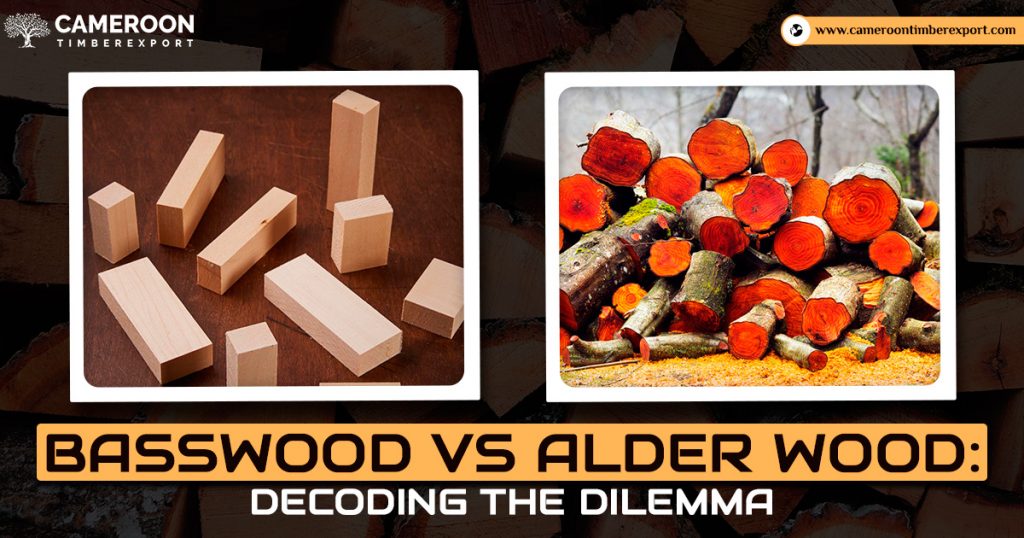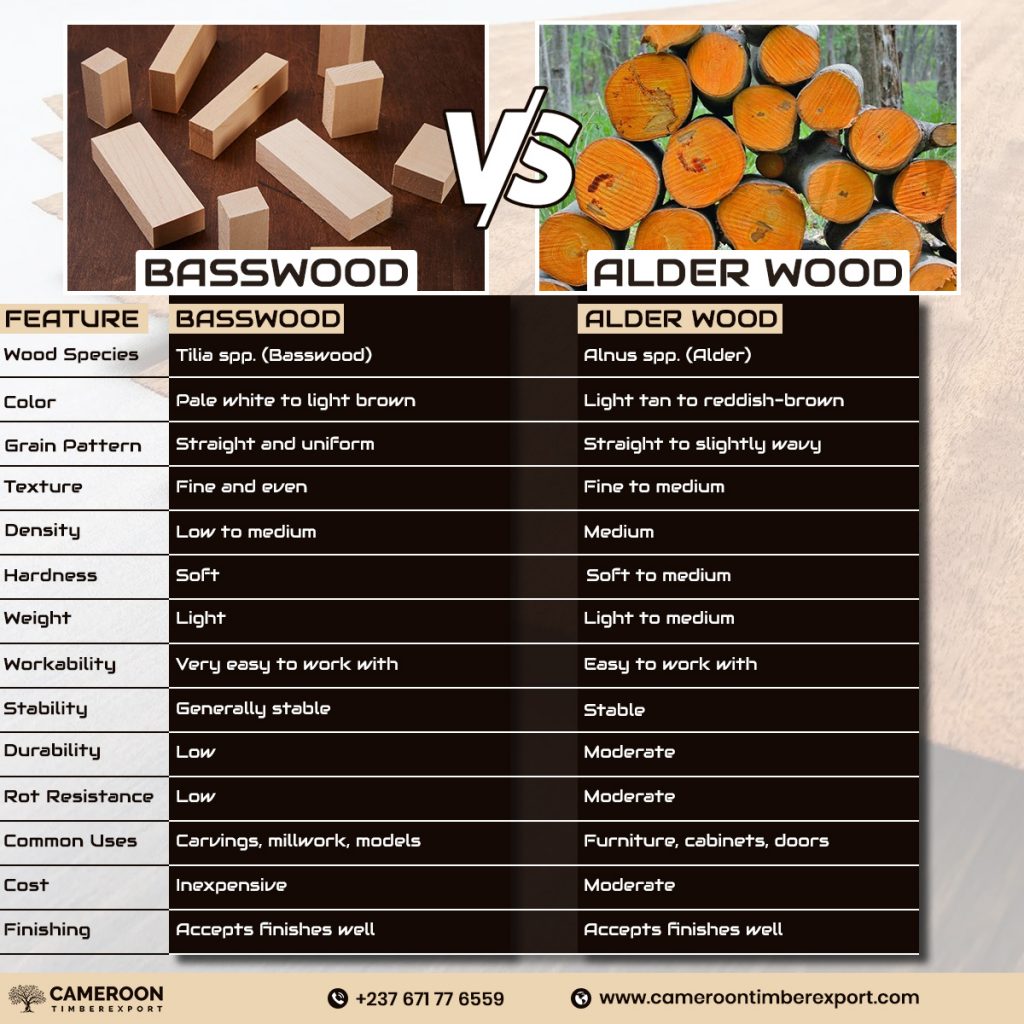
When it comes to woodworking or choosing materials for crafting musical instruments, two types of wood often come into consideration: basswood and alder wood. Both woods have their unique characteristics and are popular choices among craftsmen and artisans. In this comprehensive guide, we’ll delve into the nuances of basswood vs alder wood to help you make an informed decision for your next project.
Understanding Basswood
Basswood, also known as Tilia or Linden, is a lightweight and relatively soft hardwood. It is native to North America, Europe, and Asia and is widely used in various applications, including furniture making, carving, and musical instrument construction.
Characteristics
Density and Weight: Basswood is known for its lightweight properties, making it easy to work with and suitable for projects where weight is a concern.
Color and Grain: It typically has a pale white to light brown color with a fine, even texture. Its grain is straight and uniform, which lends itself well to staining and finishing.
Workability: One of the primary advantages of basswood is its excellent workability. It is easy to cut, carve, and shape with both hand and power tools, making it a favorite among woodworkers of all skill levels.
Sound Properties: In the realm of musical instrument construction, basswood is favored for its neutral tonal characteristics. It is often used in the body of electric guitars and basses, providing a balanced sound with good sustain.
Affordability: Basswood is generally more affordable compared to other hardwoods, making it an attractive option for budget-conscious projects.
Understanding Alder Wood
Derived from the Alnus genus of trees, it is another popular choice for woodworking and musical instrument construction. Native to North America and Europe, alder wood is prized for its versatility and aesthetic appeal.
Characteristics of Alder Wood
Density and Weight: Alder wood is slightly denser than basswood but still relatively lightweight compared to other hardwoods. Its moderate density makes it sturdy enough for various applications while remaining easy to work with.
Color and Grain: It ranges in color from pale yellow to reddish-brown, often with a subtle pink or orange hue. It has a fine, straight grain pattern with occasional knots and mineral streaks, adding character to the wood’s appearance.
Workability: Like basswood, alder wood is known for its excellent workability. It responds well to cutting, shaping, and sanding, allowing craftsmen to achieve smooth finishes and intricate details.
Sound Properties: The wood is highly regarded in the music industry for its tonal qualities. It is a popular choice for electric guitar bodies due to its balanced resonance, warm tone, and excellent sustain.
Affordability: While slightly more expensive than basswood, alder wood remains a cost-effective option for many woodworking projects. Its desirable characteristics make it a worthwhile investment for both professionals and hobbyists.
Basswood vs Alder: Choosing the Right Material

Now that we’ve explored the individual characteristics of basswood and alder wood, let’s compare the two to help you determine which material is best suited for your project:
Weight and Density: If weight is a critical factor for your project, basswood may be the preferred choice due to its lighter weight. However, if you require slightly more durability without sacrificing workability, alder wood offers a good balance of density and weight.
Appearance and Grain: Consider the aesthetic qualities you desire for your project. Basswood’s uniform grain and light color provide a clean, contemporary look, while alder wood’s varied grain patterns and warm tones lend a rustic or traditional feel.
Workability: Both woods are highly workable and suitable for a wide range of woodworking techniques. If ease of carving and shaping is paramount, basswood may have a slight edge due to its softer nature.
Sound Properties: If you’re crafting a musical instrument, consider the sound characteristics you want to achieve. Basswood offers a neutral tonal palette, making it versatile for various musical styles. On the other hand, alder wood’s warmth and resonance may be preferable for certain genres or playing styles.
Budget: Finally, take into account your budget constraints. While both woods are relatively affordable compared to exotic hardwoods, basswood tends to be slightly cheaper than alder wood. Choose the option that best fits your financial considerations without compromising on quality.
Conclusion
In the debate of basswood vs alder wood, there is no clear winner—both materials have their strengths and are well-suited for a variety of projects. Whether you’re crafting furniture, carving sculptures, or building musical instruments, understanding the unique characteristics of basswood and alder wood can help you make an informed decision.
Ultimately, the choice between basswood and alder wood will depend on your specific requirements, preferences, and budget constraints. Whichever wood you choose, embrace the opportunity to work with these versatile materials and unleash your creativity in woodworking endeavors.
